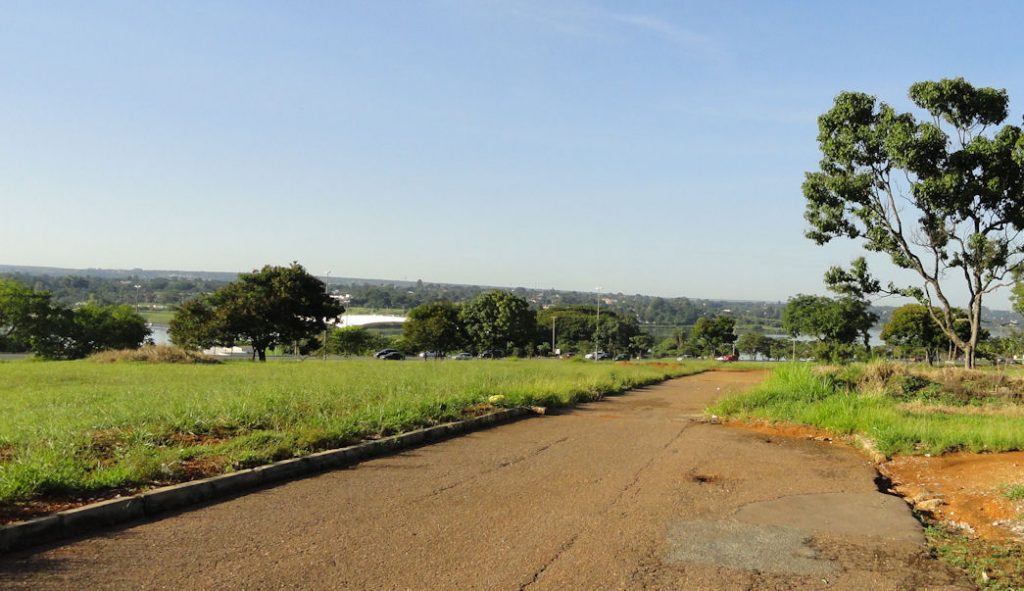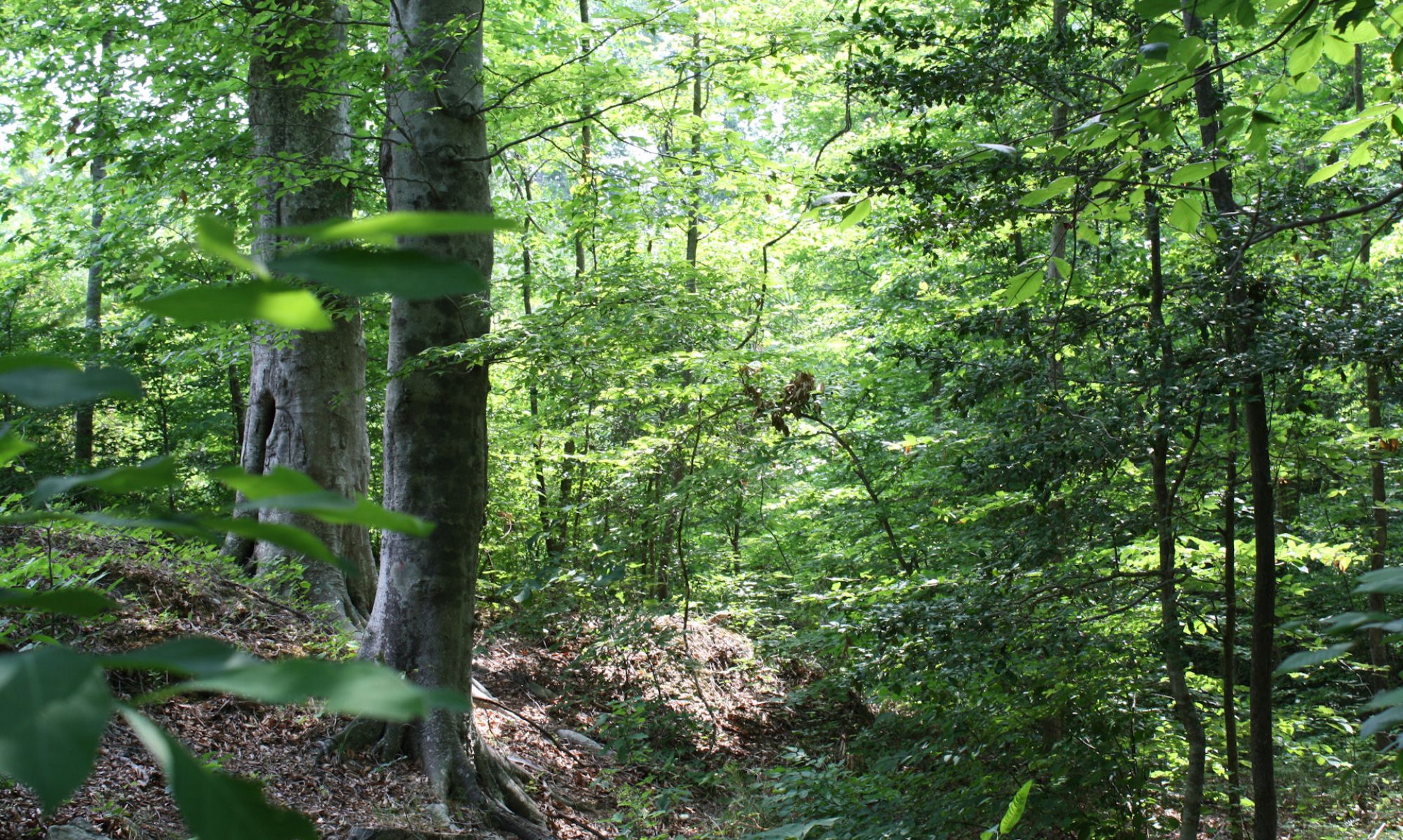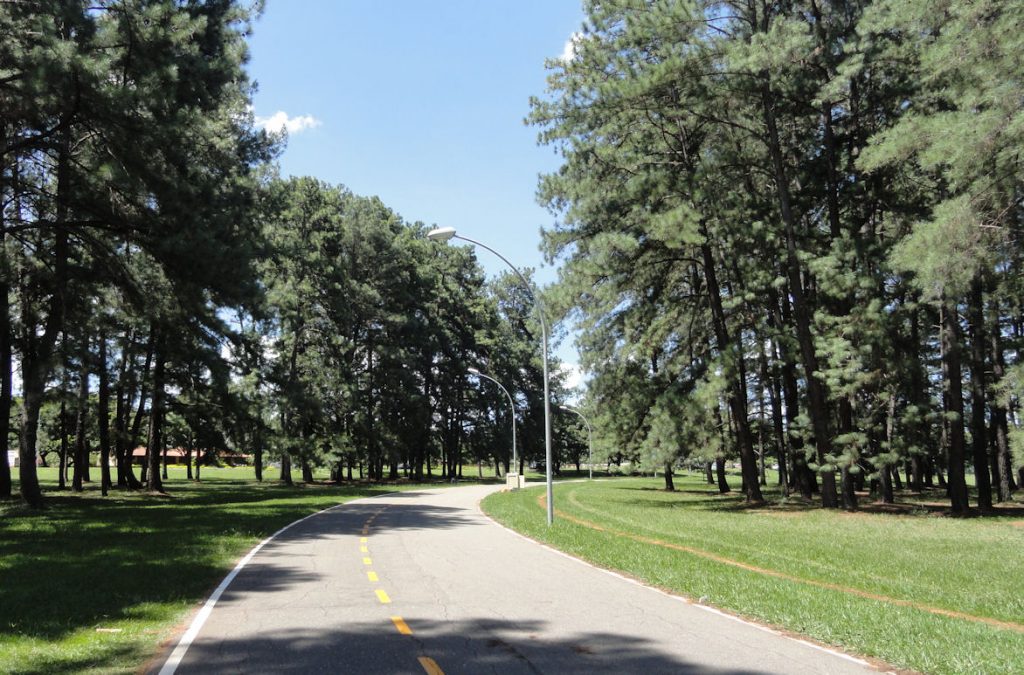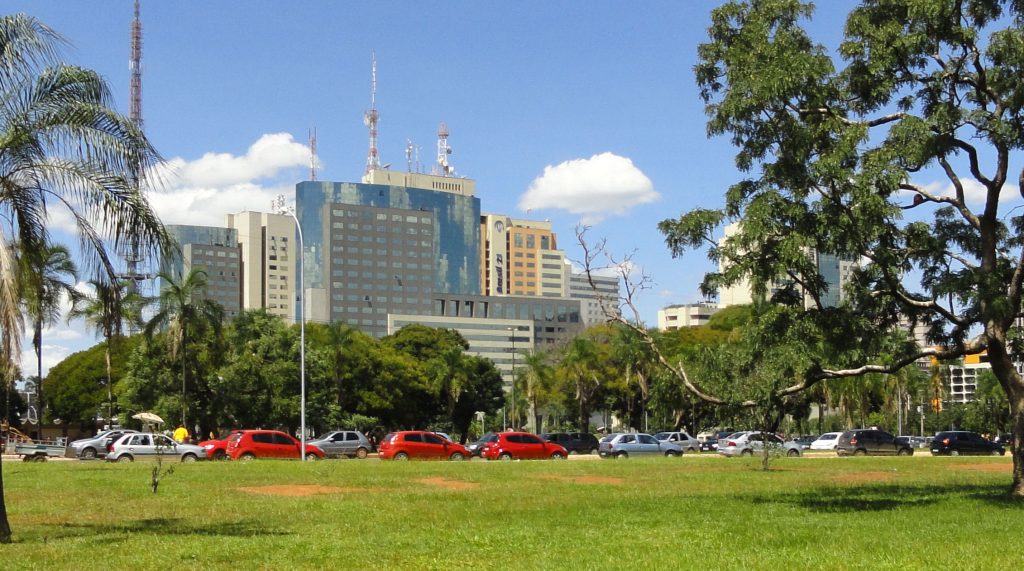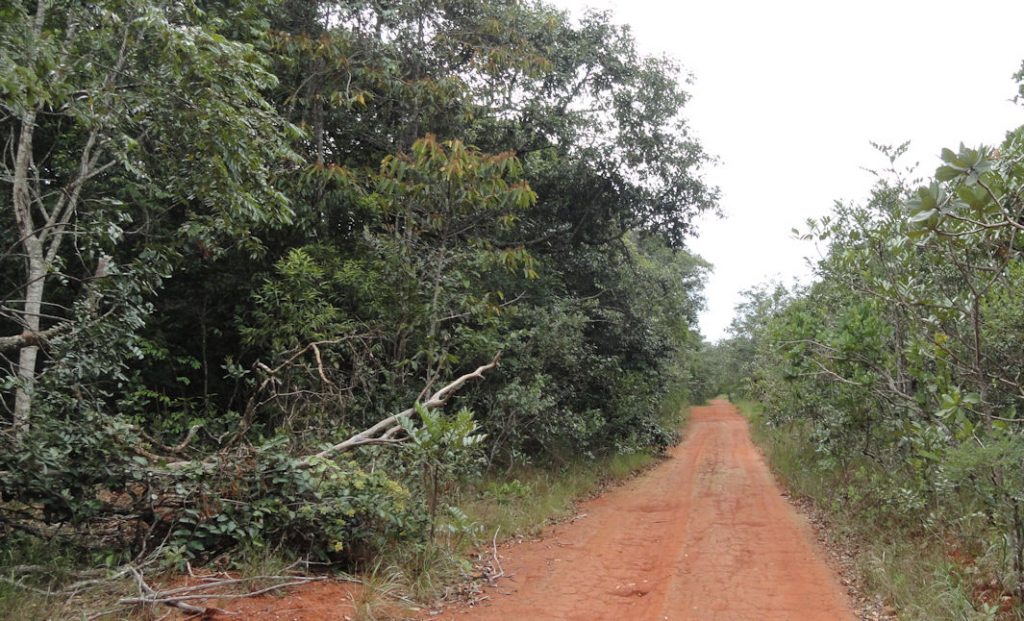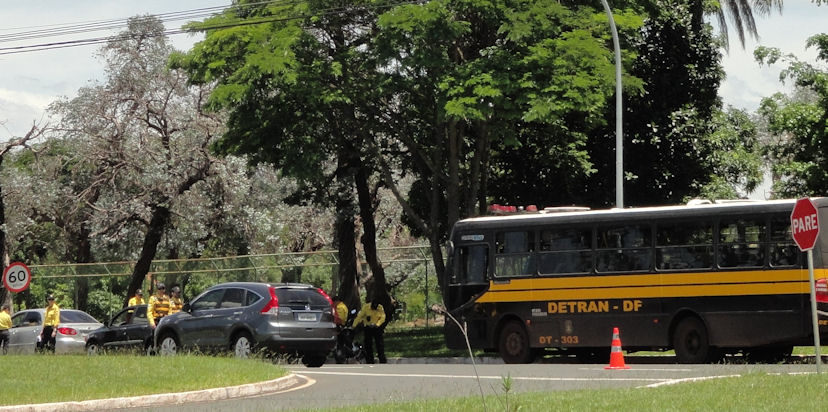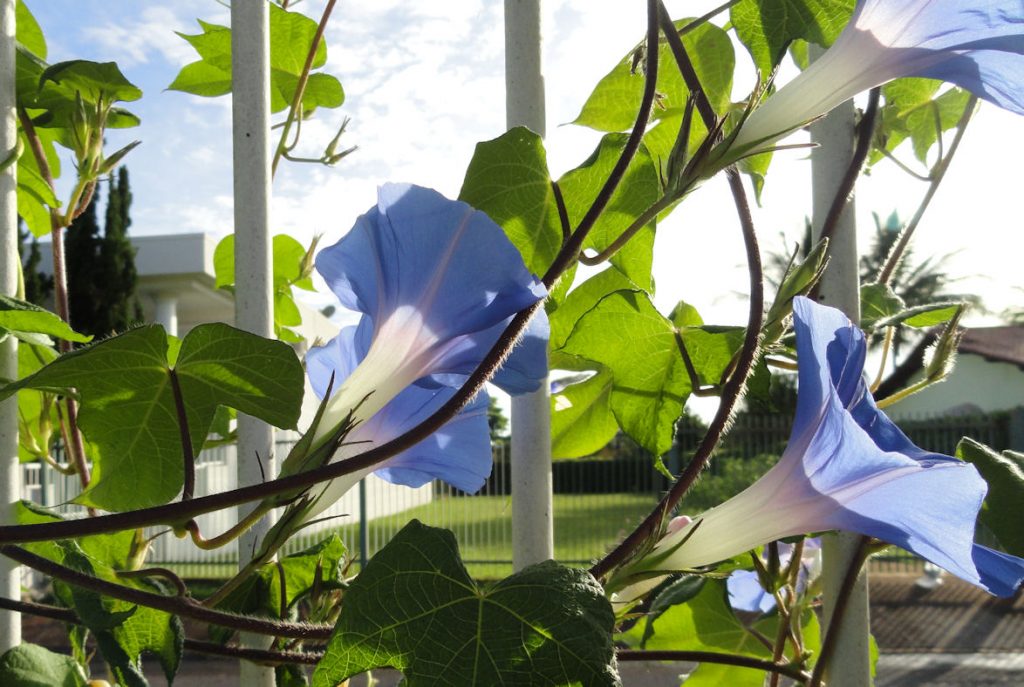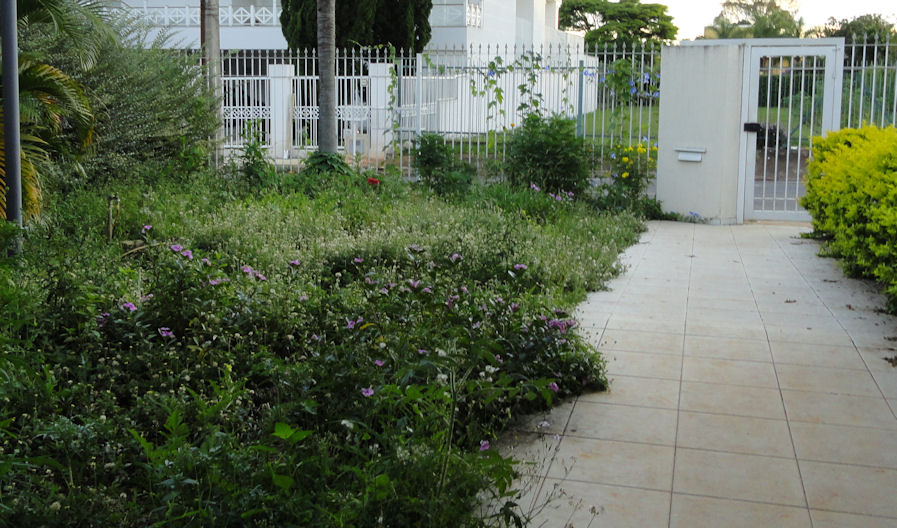It has been a little more year since the first (approximately) 600 Brazilian students arrived in the United States under President Dilma Rousseff’s innovative Science without Borders program. According to our Brazilian friends 5,028 Brazilians have now gone on SWB program. Mission Brazil has integrated education as a top priority, focusing efforts to create opportunities and leverage partnerships in direct support of this game-changing initiative for all of our interests as we build the 21st century partnership with Brazil. This cable reflects at the success our Brazilian friends and we have enjoyed since the official announcement of the Science without Borders program (now officially called Brazil Scientific Mobility Program in English), by President Dilma Rousseff in July 2011.
“Chaotic” Decentralized U.S. higher education system delivers first with the most
When President Rousseff announced in July 2011 that the GOB intended to fund the study of over 100,000 Brazilian students overseas, many of the diplomatic missions in Brazil, notably the United Kingdom, Portugal, France, Spain, Australia, and Canada, indicated their strong interest in attracting these students to their respective higher education institutions. However, the United States was the only country with a strong (and flexible) education exchange program already in place, and, as a result, received the very first students less than six months after President Rousseff’s announcements and has maintained our inherent advantage ever since. In this, we contradicted some of our own fears and the expectations of other countries, particularly France and Portugal, that the decentralized nature of the U.S. higher education system would suffer in competition with ostensibly more centralized educational systems in Europe and elsewhere. Indeed, some European countries were quicker off the mark with bold offers and audacious plans, but the first organized group of students ultimately put their feet on U.S. soil a full nine months before other countries even got started. It turned out that the decentralized, competitive and seemingly disorganized nature of the U.S. higher education system actually represented a diversity and flexibility that much more easily accommodated the rapid placement of Brazilian students.
Accomplishing great things through great relationships
Mission Brazil’s goal in working with Brazilian partners was to make choosing the United States the most logical choice and getting qualified Brazilian students placements in U.S. institutions as easy as possible. To that end, we immediately engaged with two Brazilian federal agencies linked to the Ministry of Education and the Ministry of Science, Technology and Innovation, CAPES and CNPq, respectively, both charged with implementing Science without Borders, to identify areas of common interest where we could cooperate and problems that could be anticipated and solved. The Mission had long standing relationships with both CAPES and CNPq and had worked on exchange programs before, but nobody had ever done anything on the scale proposed. The initial (2011/2012) problem consisted mainly of identifying a diverse range of potential U.S. institutions that had the requisite strength in Science, Technology, Engineering and Math (STEM) fields as well as the flexibility to take large numbers of Brazilian students on short notice. Helping our Brazilian partners with this required a paradigm shift on their part, as their experience and understanding of U.S. universities or colleges had been limited to just a small number of these institutions in just a few states.
Taking advantage of the grand diversity of U.S. options
Indeed, in the original Science without Borders formulation, Brazilian authorities had wanted their students to go to only the “best” American universities, with “best” defined by Brazilian authorities primarily in terms of a relatively small number of universities with widespread international name recognition. Mission officers worked hard to show our Brazilian partners the depth and diversity of the U.S. higher education system and network, explaining that excellent programs could be found in many places in the United States and that some of the most outstanding science and math programs were found in institutions not as well known outside the United States. For example, Mission officers had great success in raising the awareness among GOB officials of the U.S. network of large land-grant universities and Historically Black Colleges and Universities, because of their long commitment to pragmatic research specifically in the practical sciences Brazil was seeking. To help us explain, we took advantage of visits by U.S. universities as well as alumni networks, but perhaps the biggest single initiative was a program organized by PAS, in cooperation with CAPES, CNPq and dozens of Brazilian universities, to take twenty-eight Brazilian education leaders to the United States in February 2012. We divided these Brazilian education leaders into three groups, visited scores of U.S. universities, big and small, public and private. All the Brazilian academics then gathered in Washington to discuss their findings with each other and with U.S. officials. The entire group returned to Brazil with new perspectives regarding the U.S. higher education system and full of enthusiasm. It is not just a coincidence that the Brazilian institutions represented on the visit contributed many more of their students to the second round of students going to the United States. Post repeated this successful program in November 2012, with an emphasis on graduate studies, taking twenty-eight deans of STEM departments from key Brazilian universities, keeping a similarly ambitious agenda and pace. This second round, there was no longer the need to explain the program’s rationale or convince either side of the value. In less than a year, both U.S. and Brazilian higher education leaders have realized the mutually beneficial and symbiotic advantages for building more institutional links.
After these Mission efforts, it was relatively simple to explain and greatly expand the pool of potential colleges and universities acceptable to Brazilian authorities beyond the “elite schools.” Without this change in mind-set, sending such large numbers of Brazilian students in a sustainable fashion to the U.S. on Science without Borders program would have been impossible. There simply were not enough places available at the elite schools, and basing the program primarily on these would not have taken advantage of the great diversity and power of the American nation. With the whole American nation opened up to them, full of possibilities and options. Evidence of the American nation now opened up and full of possibilities and options has been the non-stop, revolving door of visits by American universities to Brazil, including the unprecedented August/September 2012 delegation of 66 American universities, led by Under Secretary of Commerce Sanchez, coming to Brazil for the annual EducationUSA fair.
Overcoming Logistical challenges
The next serious obstacle we had identified early-on and were committed to resolving was logistical and organizational. Neither CAPES nor CNPq had sufficient staff experienced in placing large numbers of students overseas nor staff enough for managing the process and paperwork in the U.S. They could not easily outsource to a U.S.-based organization because of particulars of Brazilian government rules about making advance payments to foreign-based entities. This is where Fulbright Commission played the pivotal role. Fulbright’s unique binational character plus its long experience in managing similar albeit smaller numbers of exchanges coupled with its excellent reputation and contacts in Brazil and the U.S. allowed the Commission to play a vital intermediary role. Fulbright, in fact, was probably the most important factor in the U.S. ability to act more quickly than other countries to receive Science without Borders students. Working with IIE and later Laspau, Fulbright gave Brazilian authorities the help they needed to get the job done.
The Mission’s network of 24 EducationUSA offices spread at major cities in Brazil also spun up quickly at critical moments to respond to the imminent demand. EducationUSA’s critical role in advertising the program to U.S. universities so they could register with IIE in time to receive the first cohort of the Brazilian students and in conducting an outreach campaign in Brazil to guide SWB applicants in person and through online tutorials on how to fill out the Common Application and how to take the TOEFL, the two ongoing needs. Our PA and Consular teams have joined forces with EducationUSA to help counter the perceptions of visas as an obstacle for all exchanges.
The first Brazilian selection process (Fall 2011) yielded around 700 qualified candidates, a respectable number considering the 3-month, tight time line and the fact that the program was off-cycle for U.S. academic programs. IIE placed them in appropriate U.S. schools and completed all the paperwork with remarkable alacrity. In order to address the potential problem of getting visas issued in time, as well as to call public attention to the program and our commitment to supporting Brazilian educational aspirations, the Mission held pre-departure orientation sessions and visa days at the Embassy and the three Consulates. Brasilia’s December 2011 program, dubbed “Burgers without Borders,” featured Mission officers, including Ambassador Thomas Shannon, frying hamburgers on a Weber grill to feed hundreds of students while they got their pre-departure briefings by Mission officers, CAPES, and EducationUSA advisers, and waited for their visa interviews. The visa days were covered by media Brazil-wide and the events are still talked about a year later. In December 2012, the Embassy and three Consulates held similar events to send off the third group of Science without Borders students.
English competency: the continuing weak link, prompts other ambitious exchange programs
With the first hundreds of students successfully placed in American universities our Brazilian partners needed help to find, place and send thousands more. A few new obstacles were revealed. Some were simple but very serious. For example, there were simply not enough TOEFL test seats offered in Brazil and those available were often not in the places where students most needed them. One of the goals of the Brazilian program was to reach out to underserved students in underserved places. The existing testing network did not reflect this, nor was it big enough. The Mission worked with Education Testing Service (ETS) to increase both the numbers of tests offered and the diversity of locations. EducationUSA helped ETS find new testing centers at major Brazilian universities. The problem has since been addressed definitively. Brazilian authorities bought rights to 500,000 TOEFL ITP. This test can be and generally is used as diagnostic test and is acceptable for non-degree programs, such as Science without Borders. Again, Fulbright played an instrumental role to make this happen. This acquisition essentially eliminated a testing bottleneck. But TOEFL was in many ways only a symptom of the bigger problem of low levels of English proficiency among potential SwB students.
English competency turned out to be the major constraint on the pool of applicants and the problem became more acute as the recruiting reached farther into the pool of potential applicants. The number that could score high enough to qualify for study in the U.S. was low, especially in underserved communities who were important targets of the program. Brazilian authorities committed to funding three to six-month intensive English courses at U.S. institutions. There was no shortage of American universities and community colleges willing to provide such training and the Mission, especially the Regional English Language Officer (RELO) helped identify a wide variety of them, but even this boost presupposed some intermediate level of English, which was often not available. Building English proficiency is a long-term challenge. Experts say that it takes years to build a competent English speaker. This means that anybody who will be going on a SwB scholarship in the next three years is already studying English and has at least a basic competence. There is no such thing as destiny, but demographic facts like this come close.
Adequate command of English makes it much easier and more likely that Brazilians will interact with Americans and improving English competency was a Mission goal before the creation of Science without Borders. The Mission has long had an ongoing commitment to English teaching and learning through the activities of our RELO and our network of Binational Centers (BNCs) and we had already geared up our programs to some extent in anticipation of large international events to take place in Brazil, such as the Olympics and the World Cup, where basic English competency would be helpful to Brazilians. But there is a considerable challenge in exponentially ramping up our successful programs, especially since we could not expect significant increases in resources or increases in personnel to run the programs. The Mission offered resources and expertise to develop courses specifically geared to helping students with nearly sufficient English get over the threshold and our BNC network eagerly accepted the challenge. Together we developed a program called “English Cubed” that offered classes in BNCs throughout Brazil. Using year-end-money from Washington, the Mission funded scholarships for low-income students, which several BNCs matched dollar for dollar. This program was successful in helping dozens of students not only make the grade (i.e. the primary objective to achieve at least a 79 on the TOELF), but for some to go above and beyond the ‘grade’ of 79, by up to 30 additional points to score in the low 100s. English teachers and students remarked that E3 was the best course they had ever used/taken, and Post is considering how it supports those BNCs that want to continue the program, but this notable success was not big enough in the face of the truly massive numbers our Brazilian partners were hoping to get. Beyond that, what is essentially a mass education initiative is well beyond our abilities and exceeds our writ, but our partnership for the 21st century depends on our helping to address this challenge with Brazil. In this context, as with education, Mission Brazil continues to be intensely focused on bringing more English opportunity on this larger scale.
Reaching really big numbers – English without Borders
Brazilian authorities are addressing the need and the Mission is helping to the extent possible and appropriate. Our Brazilian friends announced “English without Borders” in December 2012. It is designed to be a comprehensive program to give large numbers of Brazilian students English competency needed to participate in Science without Borders and generally in the wider world. It is a very ambitious project, which is expected to assess 54,000 university students in early 2013 using the TOEFL IPT as a diagnostic tool. Brazilian authorities expect English without Borders to benefit seven million Brazilians within the next four years. The program has already started accessing students’ English language skills at 59 pilot universities, and will: fast-track students with good English skills into the mobility program; provide those at near passing levels with intensive English instruction, in classes of no more than fifteen students per instructor, and offer instruction in a combination of in-person and online courses for those who need more preparation. The Ministry of Education, along with a committee formed by representatives from 10 universities from all regions of Brazil, has just developed a call for proposals for universities to apply for funds to put together these specific language courses and pay for instructors (approx. 10 per university), who will be identified from their pool of pre-service English language teachers. This prep-course should cover: English language, Academic life in the U.S., TOEFL preparation (the same three elements in RELO/Post-developed English3 program).
The Minister of Education, flanked by the Minister of Science, Technology and Innovation and others made the announcement of English without Borders on December 18, 2012. Representatives of all English speaking countries plus others involved with English teaching and Science without Borders were invited, but only the U.S. Mission got a seat at the main table with the Ministers, recognizing the key role we played in helping develop the program. The Brazilian Secretary of Higher Education, agreed to take a a Senior English Language Fellow within the Ministry to help design and implement English without Borders. While final recruitment for the Fellow is complete, a post-funded, interim specialist will start working on the project February 25 to design data collection tools, identify best practices of English language teaching, and support the development of the course at Brazilian universities. In the meantime, Post is diligently identifying a Senior Fellow who will undertake this job on a longer term. This ensures that the Mission is not only present at the creation of this big program; we are taking part in the creation of something our Brazilian friends expect to reach seven million Brazilians within the next four years.
We look forward to continued success working with Brazilian colleagues in the mutually synergistic fields of education, English teaching and youth programs. For example, the Mission and CAPES implemented an intensive English language program at the University of Oregon for 20 public school teachers in 2011. Program success led CAPES’decision to increase its share to cover 40, for a total of 50 participants in 2012. With English without Borders the Brazilian government expanded this initiative again, funding 540 scholarships in January 2013 and another 540 going in July 2013. Our Cultural Affairs and RELO team have been working closely with CAPES, CONSED (the Association of Brazilian state secretaries of education), and Fulbright to expand these opportunities for Brazilian Public School English teachers throughout Brazil. PA has been guiding CAPES in its decision, helping to identify potential programs which can accommodate and meet expectations, and to ensure geographical diversity. The inaugural group traveled to the U.S. in January 2013 for their respective six-week intensive programs at 18 different higher education institutions. There are 1651 applicants for the July 2013 program currently being assessed.
A chance of a lifetime
We are experiencing a wonderful and unique time in Brazilian-American relations. Our interests in linking American and Brazilian education systems and networks coincide with those of our Brazilian friends. In addition, Brazilian officials have access to resources that allow them to fund some of their aspirations in a way that was not possible in the past. Beyond all that, changes in Brazilian demography and the rapid growth of the middle class is creating a burgeoning demand for all sorts of quality education and for related items such as English teaching. Building on many years of work, we are enjoying spectacular relations with Brazilian authorities in the education field at many levels: federal, state and local. In this auspicious time for public diplomacy in Brazil, the Mission has taken full advantage of the opportunities and expanded on them. We intend to continue down this path, which will influence Brazilian-American relationships for a generation.
